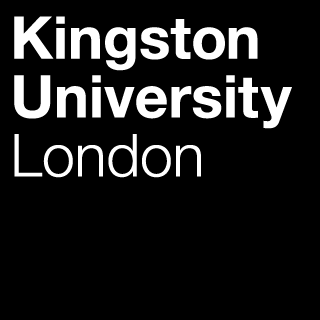Husein, May, Younes, Salma, Samara, Muthanna, Alfarra, M. Rami, Al Khal, Abdullatif, Al Maslamani, Muna, Nasrallah, Gheyath K., Al Kuwari, Einas, Al-kinani, Ali, Coyle, Peter V. and Al-Dewik, Nader (2025) Impact of meteorological factors on transmission of respiratory viruses across all age groups in the hot arid climate in Qatar. Frontiers in Public Health, 13, p. 1568049. ISSN (online) 2296-2565
Abstract
The association between meteorological parameters and viral transmission in temperate and subtropical arid climates is not fully understood. The climate in Qatar reaches extremes of heat and humidity but retains a similar pattern of transmission of respiratory viruses as in temperate climates. In total, 355,948 nasopharyngeal swabs were tested for respiratory viruses from 31-Dec-2018 to 29-Dec-2019. The study involved 18 viruses, of which only 8 viruses were included in the analysis: ADV, hBoV, Flu-A, Flu-B, hPIV3, hMPV, HRV, and RSV. Respiratory virus prevalence was compared with local meteorological data including outdoor air temperature; dew point; wind speed; atmospheric pressure; relative humidity; solar radiation, and demographic factors, including age, gender, and nationality. Transmission waves were seen for ADV, hBoV, Flu-A, Flu-B, hMPV, HRV and RSV but not with hPIV-3. Wind speed, air temperature, relative humidity, and solar radiation were significantly associated with Flu-A, Flu-B, hMPV, and RSV, which showed clear seasonality, but not with HRV, hBoV, and ADV, which had atypical seasonality and hPIV-3, which had no seasonality. Incidental associations could not be excluded and would need to be confirmed through multiple seasons. School age was the most significant demographic. Young children, rather than meteorological factors, served as the primary determinant of viral transmission. The proximity of 3 large viral waves to school reopening after the summer break suggested school transmission is an important contributor. The significant association of meteorological factors with viral transmission increased the risk further, reflecting the period of the year of maximum transmission. This was seen with as viruses with a clear seasonality but not with viruses with atypical or absent seasonality.
Actions (Repository Editors)
 |
Item Control Page |
